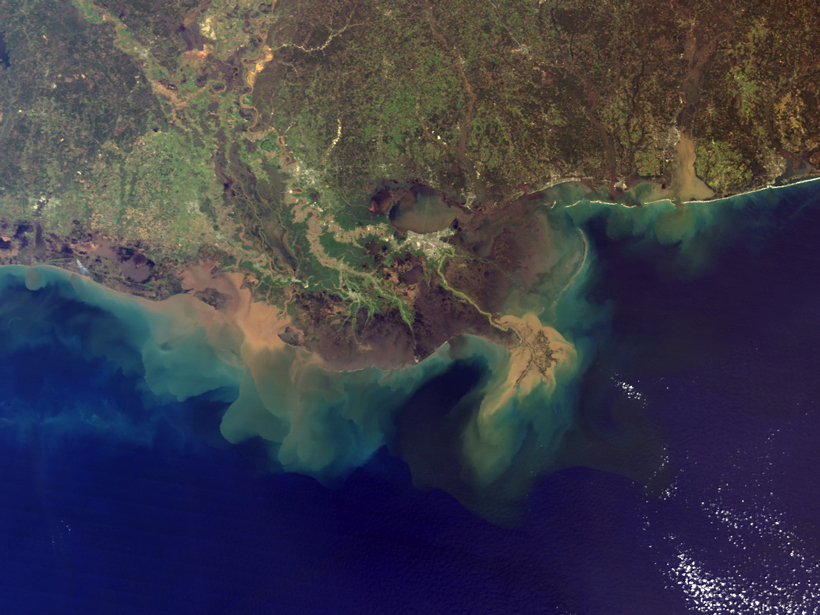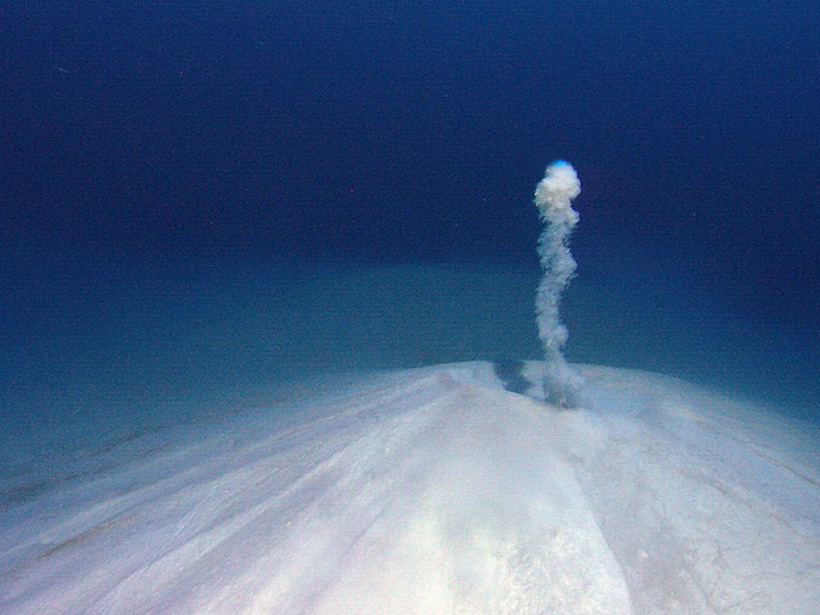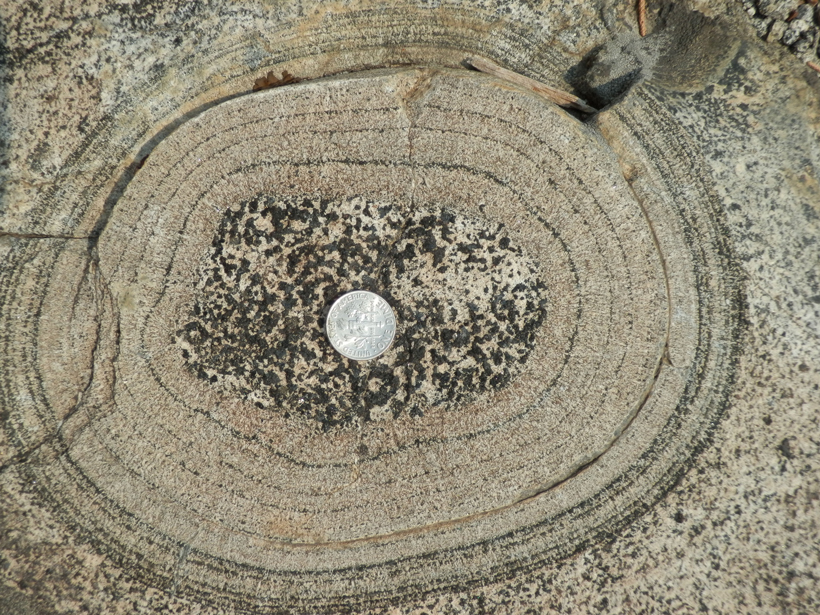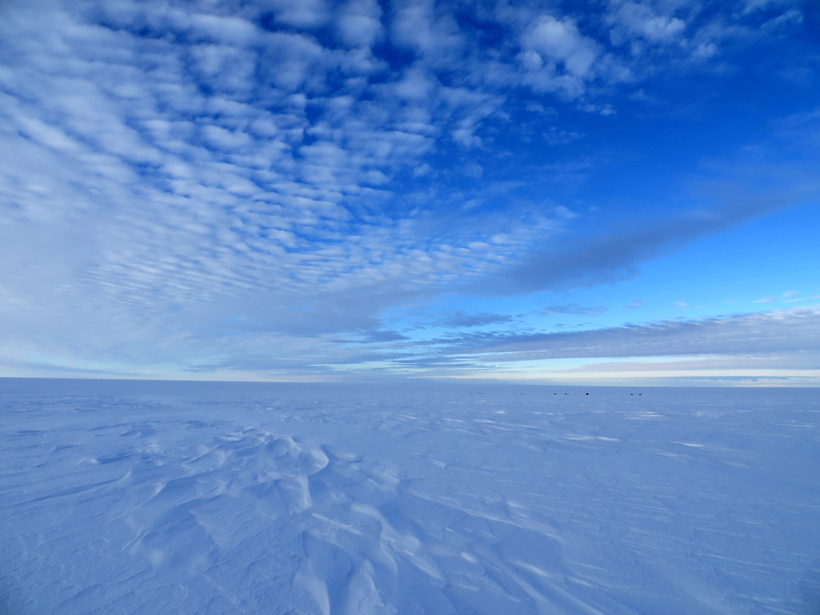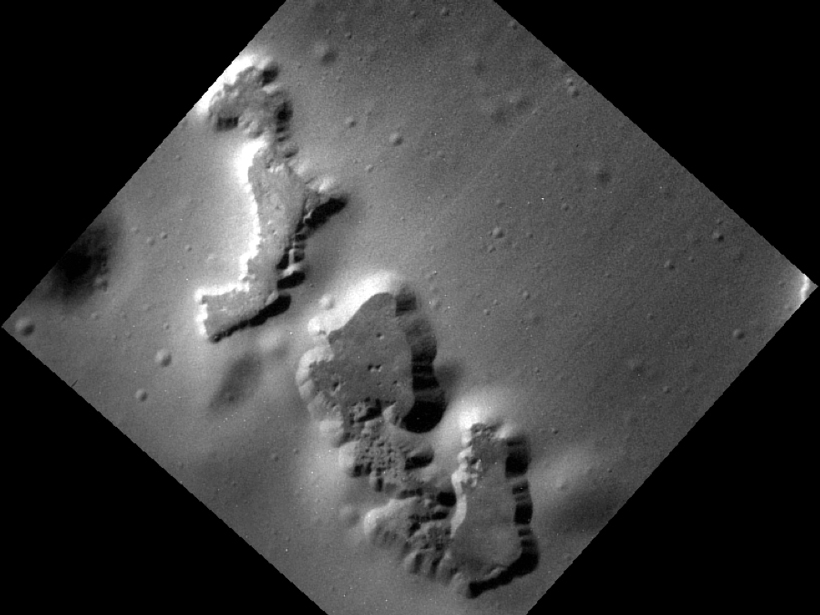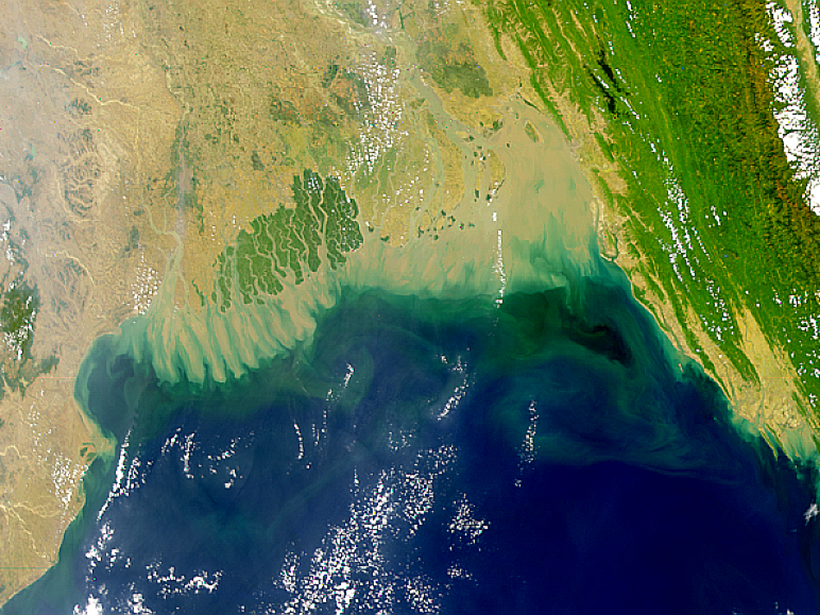Results of the first geographically based estimates of river nutrient supply indicate that 75% of dissolved nitrogen and 80% of phosphorus reach the open ocean.
Terri Cook
Terri Cook is an award-winning freelance writer whose career has focused on exploring and explaining the 4.5-billion-year-history of the remarkable planet we live on. Cook, who has an M.S. degree in Earth science from the University of California, Santa Cruz, writes about geology, ecology, and the environment—as well as wine, tea, hiking, and biking—for a diverse group of publications, including Eos, Scientific American, NOVA Next, Science News, and EARTH magazine, as well as Avalon Travel and numerous other travel-related publications. Her reporting has taken her to 25 states and 20 countries scattered across 5 continents, from the depths of the Grand Canyon to the sandy Australian Outback to the mist-shrouded summit of Bali’s Mount Batur. As the coauthor of three popular guidebooks, including Hiking the Grand Canyon’s Geology and Geology Underfoot Along Colorado’s Front Range, Cook gives frequent presentations about geology and science communication. She is the recipient of a 2016 European Geosciences Union Science Journalism Fellowship and is based in beautiful Boulder, Colo.
Fingerprinting the Source of Fore-Arc Fluids
A new model tracks boron and other tracers in fluids expelled from subducting slabs to help identify the fluids' source regions and migration routes.
Pulses of Rising Magma in Sierra Nevada's Past
A detailed study of layered igneous material at California's Fisher Lake offers a novel approach to identifying the pathways and timescales of individual magma pulses in volcanic arcs.
A Comparison of Surface Thinning in West Antarctic Glaciers
An uninterrupted 24-year altimetry record of Amundsen Sea Embayment glaciers indicates the initiation and pace of thinning have been inconsistent across the region.
Probing the Source Properties of Deep Earthquakes
A global review of earthquake rupture parameters reveals that deep earthquakes have larger fracture energies and may have different rupture mechanisms than shallower seismic events.
Earth's Carbon-Climate Feedbacks Varied in Past Warming Episodes
Records from drill holes in the eastern equatorial Pacific indicate that Earth's orbital eccentricity played an important role in controlling climate as the planet warmed.
A Significantly Hotter Mantle Beneath Iceland
Estimates of crystallization temperatures from four eruptions in northern Iceland offer improved constraints on the mantle's temperature beneath this anomalous divergent plate boundary.
Tracing the North Atlantic's Bottom Waters
Chemicals released by two European nuclear fuel reprocessing plants, along with certain chlorofluorocarbons, are helping to constrain the speed and behavior of North Atlantic deep-ocean circulation.
Unprecedented Views of Mercury Constrain Hollow Formation
The consistently shallow depths of the depressions scattered across Mercury's surface suggest their morphology is not determined by the thickness of a volatile-rich outer layer.
Deciphering the Bay of Bengal's Tectonic Origins
New magnetic and gravity data suggest that the boundary between continental and oceanic crust lies beneath northern Bangladesh, along the line of an Early Cretaceous spreading center.

